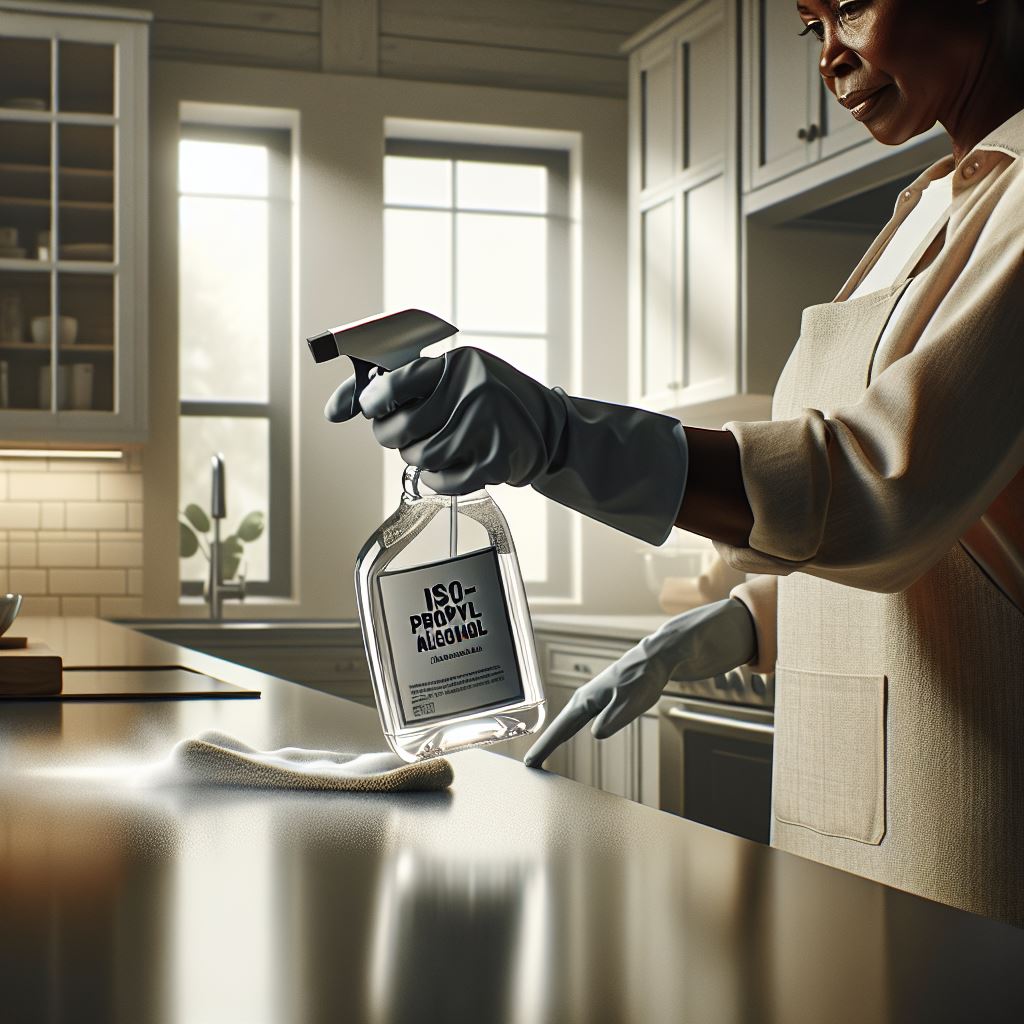The Impact of Changing Weather Seasons on the Human Immune System
Introduction
The human immune system is a complex network of cells, tissues, and organs that work together to defend the body against harmful pathogens. Seasonal changes, such as shifts in temperature, humidity, and daylight, can significantly impact immune function. Understanding these effects is crucial for maintaining health and preventing illness throughout the year.
Seasonal Variations and Immune Function
- Winter: During the winter months, colder temperatures and reduced sunlight can weaken the immune system. The lack of sunlight leads to lower vitamin D levels, which are essential for immune function1. Additionally, people tend to spend more time indoors, increasing the risk of respiratory infections due to close contact with others2.
- Spring: Spring brings an increase in pollen and other allergens, which can trigger allergic reactions and asthma. These conditions can cause inflammation and strain the immune system, making individuals more susceptible to infections3.
- Summer: Higher temperatures and increased outdoor activities in summer can boost immune function. Sunlight exposure helps maintain adequate vitamin D levels, which supports immune health4. However, the risk of vector-borne diseases, such as those transmitted by mosquitoes, also rises during this season5.
- Autumn: The transition from summer to autumn often brings fluctuations in temperature, which can challenge the immune system. The onset of the flu season also occurs in autumn, increasing the prevalence of respiratory infections6.
Psychological Impact
Seasonal changes can also affect mental health, which in turn influences immune function. For example, Seasonal Affective Disorder (SAD) is more common in winter due to reduced daylight, leading to depression and weakened immune responses7.
Practical Means for Limiting the Spread of Bacteria and Viruses
- Hand Hygiene: Regular handwashing with soap and water is one of the most effective ways to prevent the spread of pathogens. When soap and water are not available, hand sanitizers containing at least 60% alcohol can be used8.
- Surface Disinfection: Frequently touched surfaces should be cleaned and disinfected regularly. Using disinfectants with at least 70% isopropyl alcohol is effective in killing most bacteria and viruses. Interestingly, 70% isopropyl alcohol is more effective than 90% because the presence of water allows better penetration into the cell walls of microorganisms9.
- Respiratory Hygiene: Covering coughs and sneezes with a tissue or elbow helps prevent the spread of respiratory droplets. Proper disposal of tissues and regular handwashing are essential10.
- Vaccination: Staying up-to-date with recommended vaccinations, such as the flu vaccine, can significantly reduce the risk of infections. Vaccines help the immune system recognize and fight specific pathogens more effectively11.
- Social Distancing and Mask-Wearing: During outbreaks of contagious diseases, maintaining physical distance from others and wearing masks can reduce transmission. These measures are particularly important in crowded or enclosed spaces12.

Specific Use of 70% vs 90% Isopropyl Alcohol
- 70% Isopropyl Alcohol: This concentration is ideal for disinfecting surfaces and skin. The water content in 70% alcohol allows it to penetrate cell walls more effectively, leading to better microbial kill rates9. For example, it is commonly used in healthcare settings to disinfect medical equipment and surfaces.
- 90% Isopropyl Alcohol: While higher concentrations of alcohol can be effective, they are less efficient at penetrating cell walls. This makes 90% alcohol less effective for general disinfection purposes9. However, it can be used in situations where rapid evaporation is needed, such as cleaning electronic devices.
Conclusion
Seasonal changes have a profound impact on the human immune system, influencing susceptibility to various infections and diseases. By understanding these effects and implementing practical measures, such as proper hygiene, vaccination, and the use of effective disinfectants, individuals can better protect themselves and others from harmful pathogens.
References
1: iCliniq 2: Piedmont Healthcare 3: Rutgers University 4: University of Cambridge 5: STAT News 6: Medical News Today 7: CDC 8: CCOHS 9: Apartment Therapy 10: ToolingIdeas
Not Sure If a Cleaning Service Is for You? Follow here to learn about The 5 Cleaning Service Myths

Pingback: Professional House Cleaning Services in 2025: Why More People Are Turning to Experts - EadsCo Cleaning
This is a very informative and practical article on how to support our immune system throughout the changing weather seasons.
It’s impressive to learn about the impact of seasonal variations on our immune function and the psychological effects as well.
The practical tips provided, such as maintaining good hand hygiene, surface disinfection, and the use of appropriate disinfectants like 70% isopropyl alcohol,
are indeed effective ways to limit the spread
of bacteria and viruses. I also appreciate the emphasis on the importance of vaccination and social distancing during outbreaks.
This article is a great reminder of the steps we
can take to protect ourselves and others from harmful pathogens, no matter the
season. Thank you for sharing this valuable information!